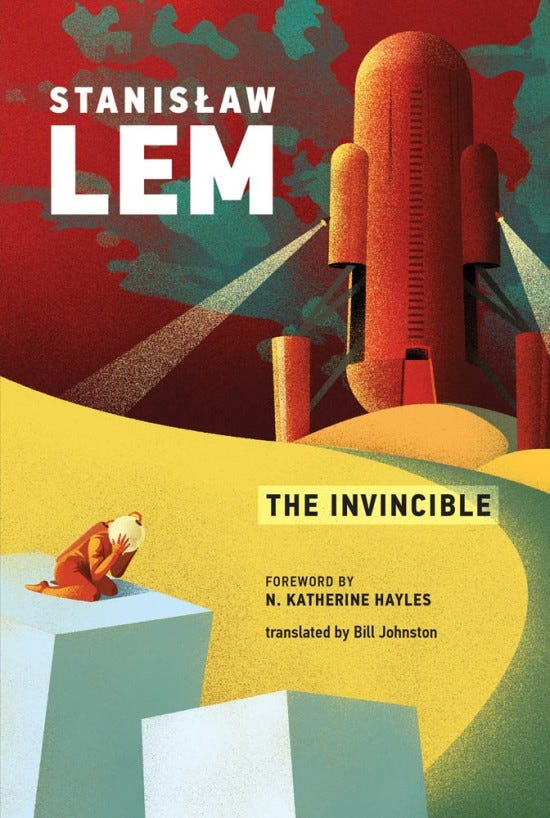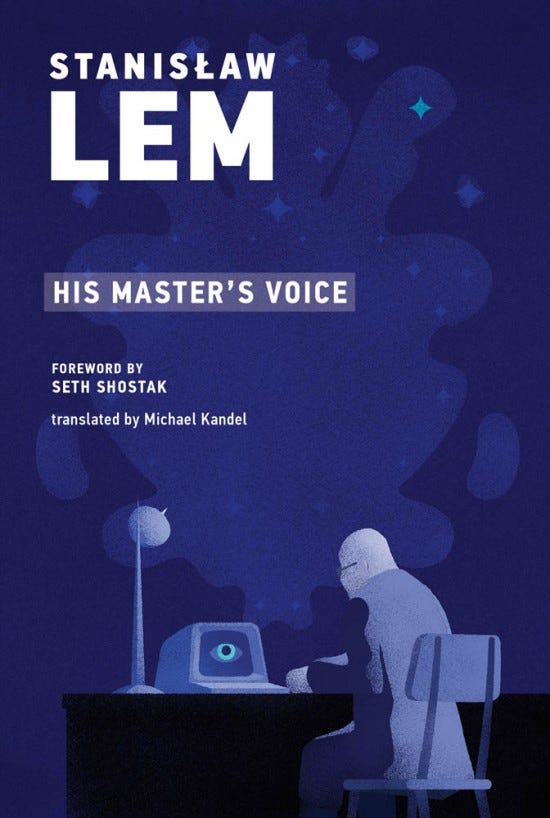Reviving the Legacy of Stanislaw Lem: A Science Fiction Pioneer
Written on
The Resurgence of Stanislaw Lem
Stanislaw Lem, a prominent figure in Polish science fiction, has seen his work fade from the limelight since his passing in 2006. Though he was one of the most read science fiction authors globally during the 1960s and 1970s, his influence was often mitigated for American readers due to the Iron Curtain and the challenges of translation. Theodore Sturgeon, a noted writer from the Golden Age of Science Fiction, once described Lem as the most widely read science fiction novelist of his time.
While he is often remembered primarily for his novel Solaris, which inspired both a 1972 film by Andrei Tarkovsky and a 2002 adaptation by Steven Soderbergh, this narrow focus fails to capture the breadth of his work. Lem’s ability to traverse multiple sub-genres of science fiction, alongside works that ventured beyond the genre, makes him a unique figure in a literary landscape that increasingly categorizes authors into narrow niches. With over 45 million copies sold worldwide, his refusal to conform to specific sub-genres stands out in today’s market.
A Multifaceted Writer
Lem was not only a prolific writer but also a moralist, stylist, and semi-professional scientist. His background as a young inventor who studied medicine allowed him to craft hard science fiction that engaged with contemporary scientific, medical, and philosophical developments without belittling his readers or resorting to jargon—unless he was employing it satirically.
The MIT Press has recently taken steps to rejuvenate Lem’s literary contributions by republishing six of his key texts, making a compelling case for his revival just ahead of his 2021 centenary.
The Cold War Context
Understanding Lem's work necessitates an awareness of the Cold War backdrop that influenced his writing. As noted in the Encyclopedia of Science Fiction, Lem managed to blend a hopeful, humanistic outlook with a stark historical warning during a time when two superpowers were competing for dominance. The distance from the political turmoil of his era—characterized by propaganda and the quest for utopian ideals—enables a fresh reading of his work today.
Lem’s narratives provide a counterpoint to the view that the universe exists merely as a resource for exploitation by wealthy tech moguls. In contrast to the American science fiction that often served as an apology for military actions and the space race, Lem's work critiques these ideologies with a unique perspective shaped by his experiences in a country that did not partake in state-sponsored space exploration.
Lem’s Unconventional Vision
Lem’s narratives present an alternate perspective on the exploration of the cosmos, often depicting it as an inhuman realm that can still offer transcendence to those willing to engage with it. In novels like Solaris, he suggests that while our endeavors to comprehend and monetize the universe may lead to frustration, they can also illuminate our place within it. The existential dread experienced by humanity in the face of the cosmos is a recurring theme in his work, often evoking a sense of profound wonder.
One of the most poignant lines from Solaris encapsulates this sentiment: “I knew nothing, and I persisted in the faith that the time of cruel miracles was not past.”
Exploring Lem's Key Works
The six novels recently republished by MIT Press showcase Lem's central themes through diverse genres and styles. Even as the world has changed since his death in 2006, the insights offered by Lem's subversive genius remain relevant.

Lem's book The Invincible (1964) may initially appear to follow the conventions of Golden Age science fiction, featuring a spaceship on a rescue mission to the barren planet of Regis III. However, its focus on the agency of the ship and its automatons, rather than its human crew, invites contemplation on humanity's vulnerability and insignificance within the vast, indifferent universe. Lem often critiques the portrayal of scientists in his contemporaries' works, subverting the trope of the all-knowing expert by depicting them as flawed individuals who must collaborate to arrive at any conclusions.
Highcastle (1966), while not science fiction, offers a nostalgic reflection on Lem's childhood between the World Wars, emphasizing the details of his early life. He candidly admits to the narrative’s limitations, stating, “I built a tomb for that young boy and placed him in it,” and he focuses on the child he was rather than attempting to recreate a lost world.
In The Hospital of the Transfiguration (1955), a young Polish doctor finds refuge from Nazi oppression in a mental institution. The narrative’s tragic undercurrents are palpable, revealing Lem’s moral outrage against political cynicism, which led to this work being censored for nearly three decades.
Lem's Return from the Stars (1966) engages with the classic science fiction motif of an astronaut readjusting to life on Earth after a long journey in space. The protagonist, Hal Bregg, faces a radically changed society where violent impulses have been eradicated, presenting a critique of both the promises of communism and the superficiality of American consumerism.
In Memoirs of a Space Traveler: Further Reminiscences of Ijon Tichy (1971), Elizabeth Bear describes Lem’s darker aspects, noting that while he tackled significant themes, his narratives sometimes reflected troubling societal attitudes.
Lastly, His Master’s Voice (1967) stands out as one of Lem’s masterpieces, presenting a found manuscript that delves into the philosophical implications of interpreting a message from extraterrestrial life. It cleverly critiques the arrogance of human scientists while exploring the vast unknown of the universe.
Conclusion
Through the works republished by MIT Press, readers can rediscover the profound insights of Stanislaw Lem, a writer whose contributions to science fiction remain both relevant and essential in understanding our relationship with the cosmos.
